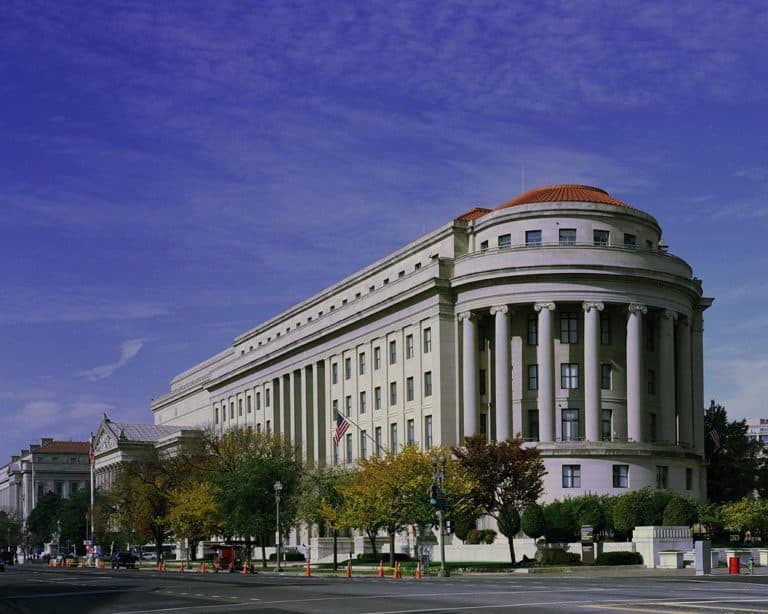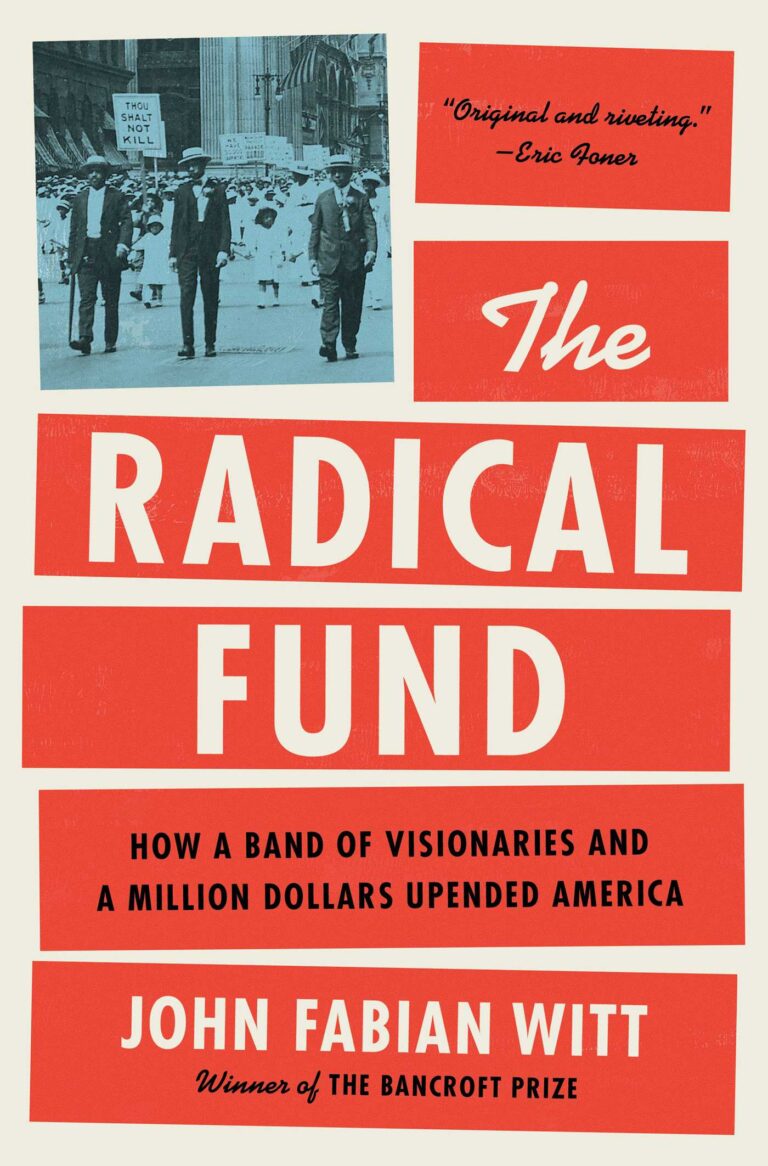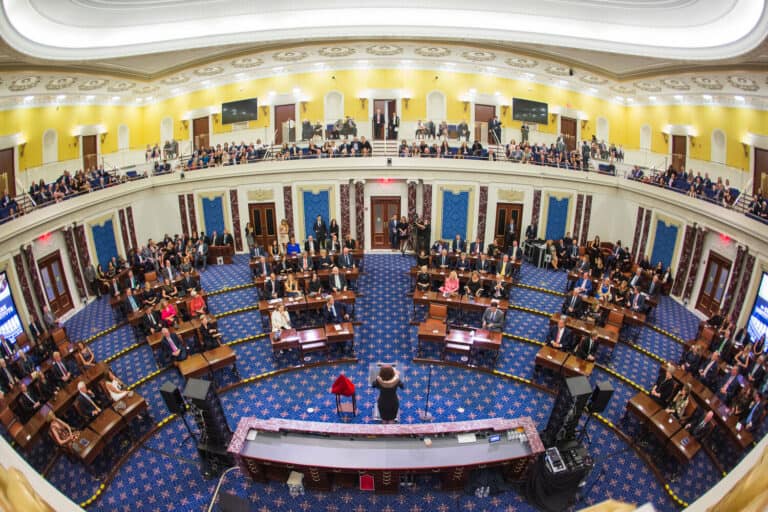
Andrew Strom is a union lawyer based in New York City. He is also an adjunct professor at Brooklyn Law School.
In Friedrichs v. California Teachers Association, the plaintiffs are asking the Court to overrule a 39 year-old precedent that is itself based on earlier precedents. At the oral argument, Justice Breyer raised concerns about the potential for instability if the Court starts overruling its precedents, but Justices Scalia, Kennedy, Alito, and Roberts gave no indication that they were troubled by the prospect of overturning long-settled law. If the Court is willing to reconsider the labor and employment cases it has previously decided, I have a long list. But, because the issue has been in the news so much lately, let me start with Circuit City Stores v. Adams. If you’re wondering why so many workers have lost the right to sue their employers, but instead must submit disputes to private arbitration, Circuit City provides the answer.
Circuit City was a 2001 case where the Supreme Court held that the Federal Arbitration Act (“FAA”) applies to virtually all employment contracts despite the fact that the Act excludes from its coverage “contracts of employment of seamen, railroad employees, or any other class of workers engaged in foreign or interstate commerce.” The Court’s decision in Circuit City has ushered in an era where employers routinely impose mandatory arbitration agreements banning class actions. As Shannon Liss-Riordan, the lawyer who recently settled a large case on behalf of Lyft drivers, explained to this blog, “without a class action, employees have little hope of bringing to an end widespread employment practices that they believe violate the law.”
Circuit City was a five to four decision, with two powerful dissents by Justices Stevens and Souter. The FAA was enacted by Congress in 1925 at a time when the Supreme Court took a narrow view of Congress’s power to “regulate commerce … among the several States.” The Court had previously struck down laws regulating conditions in factories on the grounds that “commerce” was limited to transportation of persons and property. Thus, when Congress excluded the employment contracts of “seaman, railroad employees, or any other class of workers engaged in foreign or interstate commerce” from the coverage of the FAA, it appeared to be excluding all employment contracts that it had power to regulate. As Justice Stevens pointed out, the legislative history did not contain any evidence that the proponents of the FAA intended it to apply to employment contracts. For those interested, Professor Matthew Finkin wrote a 1996 law review article that discusses the legislative history in great detail.
So, how did five justices (Kennedy, Scalia, Thomas, Rehnquist, and O’Connor) decide that the FAA did apply to employment contracts? For one thing, they refused to consider the legislative history. In addition, the Court majority gave no weight to the fact that the term “engaged in foreign or interstate commerce” had a different meaning in 1925 than it has today. Justice Kennedy asserted that “[i]t would be unwieldy … for the Court and for litigants to be required to deconstruct statutory Commerce Clause phrases depending upon the year of a particular statutory enactment.” But, the Court does this all the time with other phrases. On at least two different occasions last Term, the Court looked to dictionaries from the 1930s to determine the meaning of words that appeared in statutes enacted in 1934. In other cases, the Court has looked to legal dictionaries from the era when a statute was enacted to determine the meaning of legal terms of art. In addition, the Court has noted that the meaning of a phrase such as “actual damages” changes based on the specific statute where it is found. To justify its refusal to consider the era when the FAA was enacted, the Court cited dicta in another decision where it expressed reluctance to give the term “in commerce” in the Clayton Act, a 1914 statute, an expansive reading. But, the Court’s rationale in that earlier case actually undermines the majority’s reasoning. In the earlier case, the Court expressed concern about a “radical expansion of the Clayton Act’s scope.” Yet, in Circuit City, the effect of the Court’s decision was to radically expand the scope of the FAA.
The Court’s other justification for reading the statutory exclusion narrowly was a doctrine known as ejusdem generis, which is Latin for “of the same kind.” This maxim holds that where general words follow specific words, the general terms should be limited to matters similar to those specified. To give an example, if a statute referred to “dogs, cats, or other animals,” a court might hold that the phrase “other animals” was not intended to include humans. But, the Court has also explained that ejusdem generis should “not be used to defeat the obvious purpose of legislation.” The majority in Circuit City decided that because Congress used the phrase “seaman, railroad employees, or any other class of workers engaged in foreign or interstate commerce,” the other classes of workers covered by the exclusion should be limited to transportation workers. The majority reasoned that if Congress wanted to exclude all workers, then the reference to seamen and railroad employees is superfluous. While this is technically true, it’s also true that if Congress intended to exclude all transportation workers, there would also be no need to single out seamen or railroad employees. In fact, Justice Souter pointed out another Latin maxim that explains the inclusion of seamen and railroad employees – “ex abundanti cautela,” or abundance of caution. These were the groups of workers that Congress had clearest authority to regulate in 1925, and they were the workers most concerned about the potential impact of the FAA. Thus, it made sense for Congress to provide assurance to them by specifically listing them in the statutory exclusion.
After Congress enacted the FAA, the American Federation of Labor confidently reported that the exclusion “exempted labor from the provisions of the law.” It’s too bad that seventy-six years later, five unelected legislators on the Supreme Court decided to rewrite the law.






Daily News & Commentary
Start your day with our roundup of the latest labor developments. See all
November 17
Justices receive petition to resolve FLSA circuit split, vaccine religious discrimination plaintiffs lose ground, and NJ sues Amazon over misclassification.
November 16
Boeing workers in St. Louis end a 102-day strike, unionized Starbucks baristas launch a new strike, and Illinois seeks to expand protections for immigrant workers
November 14
DOT rule involving immigrant truck drivers temporarily stayed; Unions challenge Loyalty Question; Casino dealers lose request for TRO to continue picketing
November 13
Condé Nast accused of union busting; Supreme Court declines to hear Freedom Foundation’s suit challenging union membership cancellation policies; and AFT-120 proposes a “Safe Sleep Lots” program for families facing homelessness.
November 12
Starbucks and the NLRB face off over a dress code dispute, and mental healthcare workers face a reckoning with AI.
November 11
A proposed federal labor law overhaul, SCOTUS declines to undo a $22 million FLSA verdict, and a railroad worker’s ADA claim goes to jury trial.